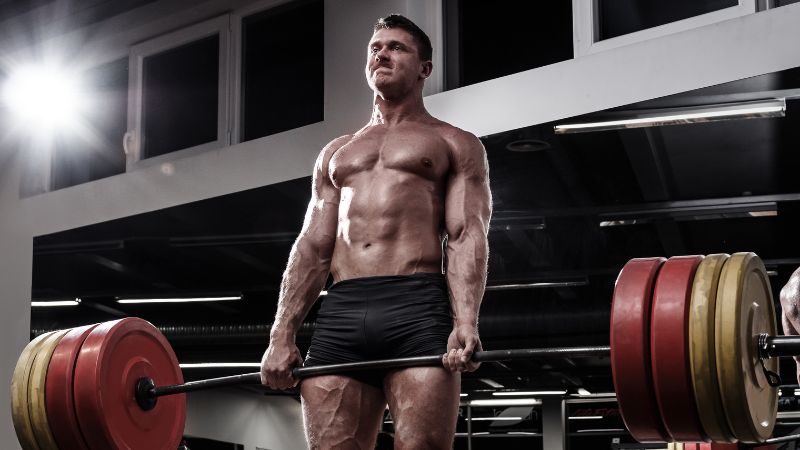The testosterone-booster market has exploded in recent years, with novel testosterone-boosting supplements, prohormones, and even steroid formulations dropping with an absurd frequency—in a hectic, unbridled bid to meet an ever-growing global demand to improve low testosterone levels, improve gym results, and raise libido. However, despite competition and increased demand making safe, effective testosterone-boosting solutions more prevalent than ever, there’s still no replacement for good ol’ fresh air and exercise.
By narrowing your waistline, boosting your metabolism, and swelling your muscles—exercise is the original, authentic premiere T booster solution. No amount of research and technology will displace maintaining a healthy, active lifestyle from its lofty perch at the pinnacle of T-boosting.
How does exercise impact testosterone?
✔ Exercise combats obesity
Obesity is one of the leading causes of low testosterone levels. Including regular exercise in your daily routine (especially HIIT training or resistance training) will help you shed those extra pounds and boost your T-levels.
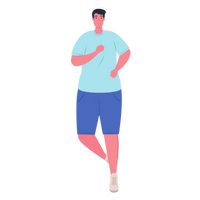
✔ Exercise stimulates testosterone release
Whether you’re going out for a brisk walk, climbing a mountain, or powerlifting at your local gym, physical challenge stimulates testosterone production and release—giving your muscles the power to get through your workout. This testosterone boost is fast-acting, albeit temporary. Only regular, short bursts of intense exercise can help raise your T-levels and keep them high long-term.
✔ Exercise Improves muscle mass, enhances muscle density and function
Testosterone helps build muscle, and muscle increases your testosterone levels! Weightlifting and resistance training increases muscle size and density, boosting muscle mass, metabolism and elevating your testosterone levels.
Testosterone also promotes muscle generation, making you stronger so you can lift heavier, move faster, and perform for longer.
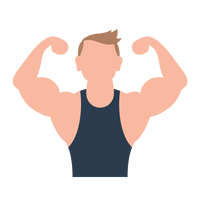
✔ Improves focus, motivation, and self-confidence
Testosterone improves your attitude and eliminates fatigue, motivating you to go to the gym and push it to the limit.
✔ Improves your cardio, endurance, and muscle recovery
Testosterone promotes hemoglobin generation—an essential component of red blood cells responsible for taking oxygen out of the air and transporting it from your lungs to your heart and muscles. The more hemoglobin in your blood, the more energy is supplied to your muscles, the more you can lift, run, or play before hitting your limit, and the faster your muscles recover and grow after a workout.
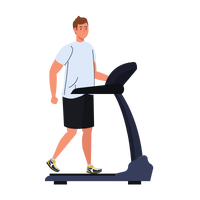
Studies showing a link between testosterone and exercise
Testosterone responses after resistance exercise in women: influence of regional fat distribution:
This study analyzed the effect of regional fat distribution of healthy women on free testosterone, total testosterone, and sex-hormone binding globulin levels following resistance exercise. The results indicated that increased subscapular to triceps fat ratio and upper arm to mid-thigh ratio was associated with decreased total and free testosterone in healthy (non-obese) women following resistance exercise.
This study compared the difference in oxygen uptake capacity (VO2 max), reaction time (RT), testosterone (T), growth hormone (GH), and insulin-like growth factor (IGF-I) between inactive and athletic elderly males. The results demonstrated that long-term exercise decreased RT levels and increased VO2 max, T, and GH.
Effect of Exercise on Serum Sex Hormones in Men: A 12-Month Randomized Clinical Trial:
This study compared the effect of exercise on male sex hormones in 40-75-year-old males. The results observed increased DHT, SHBG, and VO2 max levels in men that engaged in an aerobic exercise program compared to those that remained sedentary over 12 months. However, the study failed to note any significant effect regarding aerobic exercise on testosterone, free testosterone, 3α-Diol-G, estradiol, or free estradiol levels between the test groups.
Physically active men show better semen parameters and hormone values than sedentary men:
This study compared hormone levels (follicle-stimulating hormone (FSH), luteinizing hormone (LH), testosterone (T) and cortisol) and semen quality (motility and appearance) between active and sedentary males. The results demonstrated that active males have higher levels of the tested hormones and healthier semen than sedentary males.
This study analyzed the effect of exercise and calorie restriction on testosterone levels in obese middle-aged men. The results demonstrated that regular exercise improves testosterone levels, whereas a calorie-restricted diet provided no noticeable effect.
Types of exercise that improve testosterone gain
Physical activity stimulates testosterone production and releases to help your muscles and heart contend with the task’s demands. All types of exercise—both endurance and strength-training workouts—give you a temporary testosterone boost. But for significant, enduring results—short, high-intensity efforts such as high-intensity interval training and heavy weightlifting work best.
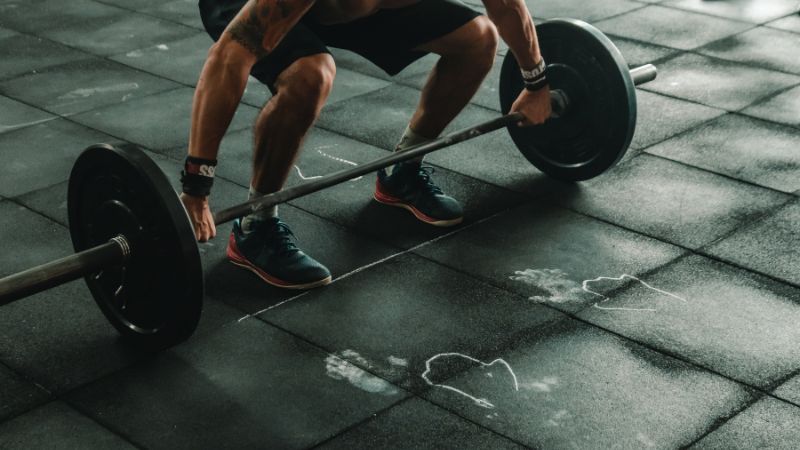
Resistance Exercises
Resistance exercises or weight lifting involves lifting heavy weights to build muscle strength, size, and endurance. There are many forms of resistance training, including free weights, weight machines, resistance bands, and body weight training.
Resistance exercises offer endless physical and mental health benefits, including:
- Improved muscle strength, size, tone, and endurance—to optimize physical performance, improve your appearance, and stabilize your joints;
- Improved weight management—the more muscle you have, the more calories you burn, and the easier it becomes to eliminate unwanted fat;
- Improved balance, mobility, posture, and resistance to injury risks;
- Increased self-esteem and motivation;
- Reduced fatigue and better sleep.
Muscle mass is positively correlated with testosterone levels. Thus, the increased muscle mass provided by resistance exercise increases long-term testosterone levels. Resistance training also stimulates testosterone release during and after a workout, increasing your testosterone levels over the short term.

HIIT (High-intensity interval training)
HIIT is a challenging cardiovascular workout regimen involving short, intermittent bursts of high-intensity (from 30 seconds to 30 minutes) aerobic exercise with periods of low activity in between. The goal is to exert yourself outside of your comfort zone for a short time (raising your heart and breathing rate), recover, and bring your heart rate back to normal, then repeat. You can perform HIIT with any traditional cardio workout, whether running, biking, rowing, bodyweight exercises, or jumping rope.
The benefit of HIIT include:
- Burns a lot of calories in a short amount of time—25 to 30% more than other forms of exercise for a comparable period;
- Improves heart rate, blood pressure, blood sugar levels, and overall aerobic performance;
- You can cram a full workout into a short 10-30 min window.
HIIT is very intensive and demanding on your muscles. Consequently, like resistance training, it also improves your short and long-term testosterone levels by promoting muscle growth.
Both HIIT and resistance training are great options for testosterone boosting. However, resistance training builds muscle faster than HIIT training and thus provides a more pronounced, long-lasting testosterone-boosting effect. However, resistance training is not accessible to everyone. Resistance training usually requires a significant time commitment—making it unrealistic for those with packed schedules. Efficient workouts require a gym membership or access to free weights, bands, weightlifting machines, or other expensive equipment.
Conversely, HIIT is extremely intense and is not recommended for beginners. If this is the route you want to take, start slow, and build your fitness gradually. Otherwise, you can risk an overuse injury. However, HIIT is a potent cardiovascular activity perfect for those looking to improve their heart rate, blood pressure, and endurance. If cardiovascular health is a priority, this may be your exercise routine.
How to get better results
Regardless of your goals, exercise should be at the forefront of your testosterone-boosting strategy. Not just because it can rectify low T levels but also because of the many physical and psychological health benefits it provides. However, your resistance training or HIIT routine should not be the be-all and end-all when it comes to T-boosting. With sufficient rest, a proper diet, and testosterone-boosting supplements, consistent, regular exercise will help elevate your testosterone levels to new heights and keep them there.
Diet
What you eat may affect your testosterone levels. Those who eat pro-inflammatory foods (refined sugars, saturated fats) tend to have lower testosterone than those who don’t. Additionally, diets high in d-aspartic acid, zinc, magnesium, boron, vitamin D, K, and B6 may help improve and maintain healthy testosterone profiles. Foods rich in these nutrients include oysters, red meat, leafy greens, fatty fish, and olive oil.
Supplementation
Although a proper diet and HIIT and resistance exercise are essential for boosting your testosterone levels, it might not be enough for some.
Many legal testosterone-boosting supplements are available for purchase—consisting of all-natural herbal ingredients, vitamins, and minerals known to promote your body’s ability testosterone production pathways.
Rest
Not getting enough sleep can have a significant negative impact on your testosterone levels. Daily Testosterone production levels peak during the REM cycle, so not getting sleep will interfere with that and leave you feeling sluggish, weak, and tired. Sleep is also essential for muscle growth and recovery. Not getting enough sleep interferes with the cell repair process, preventing you from performing at your best during your next gym session.
Don’t overdo it! It’s necessary to give your muscles enough time to recover between workouts to get the most out of every gym session—or risk diminishing returns. Give your muscles at least 48 hours to recover between sessions.
Conclusion
There’s no question that the muscle growth potential of exercise is vital for maintaining healthy testosterone levels. Still, it’s essential to pick the correct training regime to direct your time and efforts effectively. Many swear by resistance training, and we have to concur. The potential muscle gain offered by resistance training is unmatched, making it the ideal exercise for attaining and maintaining healthy, normal testosterone levels.
However, HIIT is still worth your time. It’s an excellent cardiovascular activity that will help improve your other gym efforts while promoting muscle growth. If resistance training isn’t your thing, or if aerobic exercises appeal to you more, HIIT might be the option for you.
Whatever route you choose, maintaining a healthy, active lifestyle will improve all aspects of your life—including your testosterone levels.
FAQ
Resistance and high-intensity interval training have demonstrated improvements in long-term and short-term testosterone levels in men and women. However, resistance training provides a better return in terms of increased muscle growth, size, and density. Thus, it gives a more potent, longer-lasting testosterone boost.
Getting enough sleep, eating a healthy diet of essential vitamins and minerals, and taking testosterone booster supplements alongside a regular, consistent exercise regime can help improve your testosterone levels.
Unfortunately, not. Everyone responds differently to exercise—Testosterone levels are moderated and affected by complex physical, environmental, and social factors. In particular, exercise still has a notable but lesser testosterone-boosting effect for women and aging men. Obese individuals and young men between the age of 20-35 tend to benefit the most from exercise.
You may need to make some concessions, but high-intensity interval training is best for busy people with little or no time to spare. With HIIT, you still get all the benefits of an intense workout with only 10-30 minutes of activity. It’s perfect for cramming in during your lunch hour, break, or whenever you typically stop for a quick breath of fresh air.

